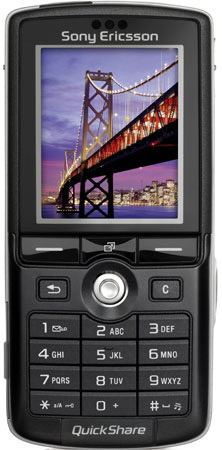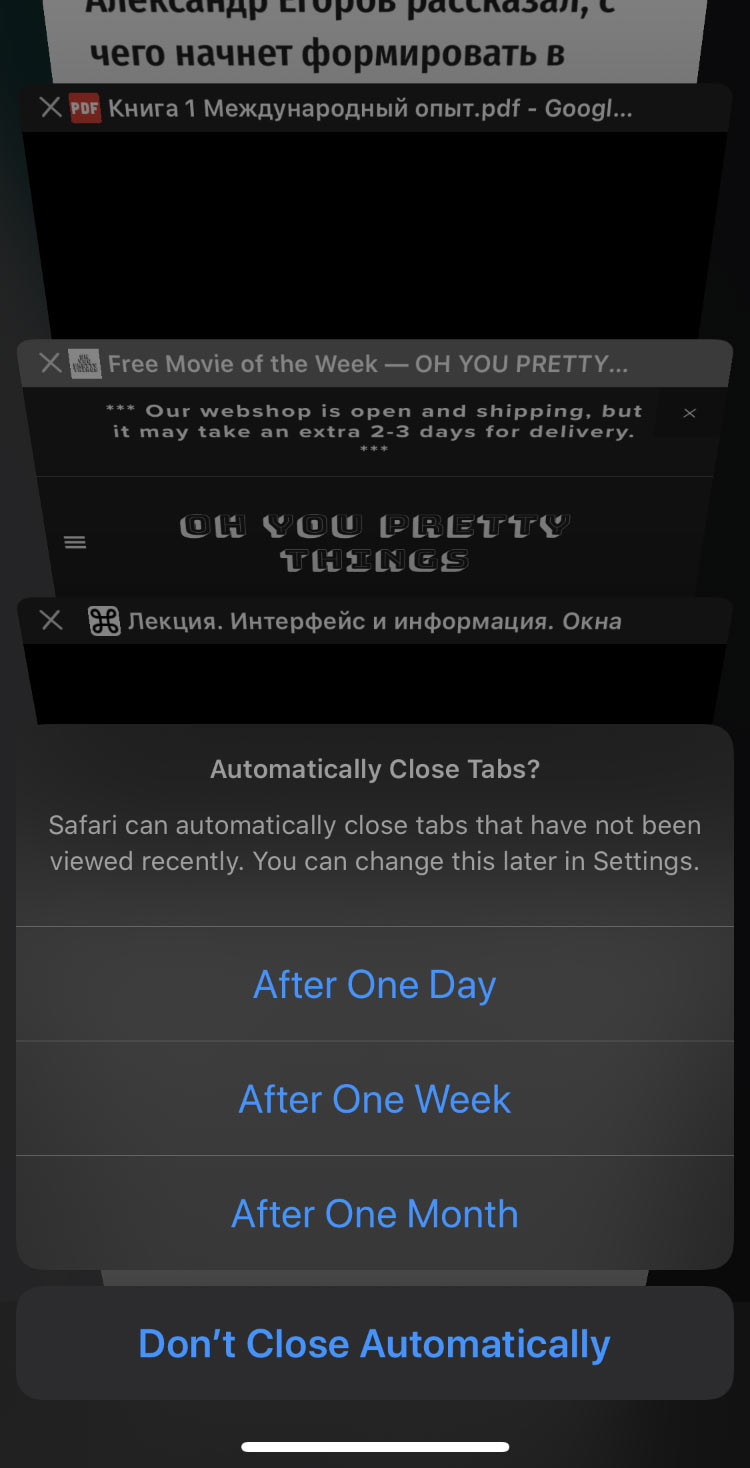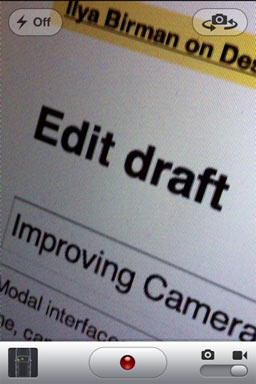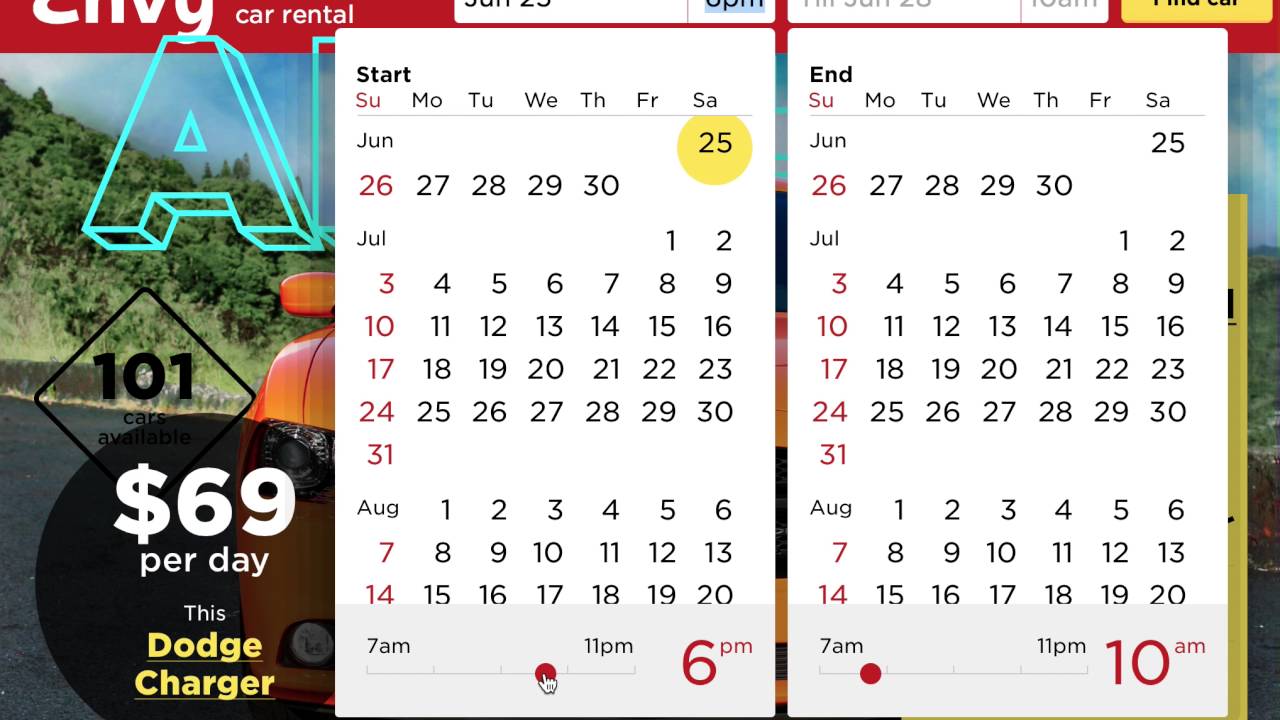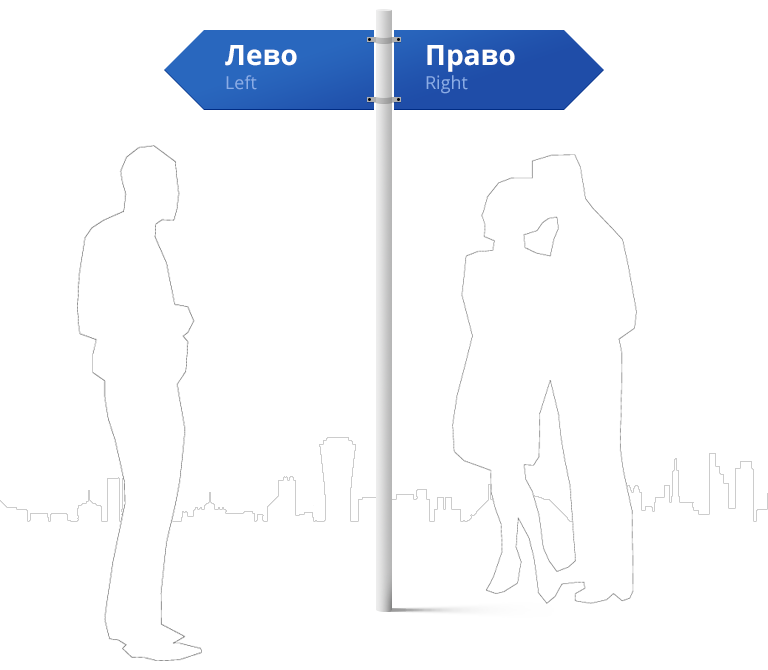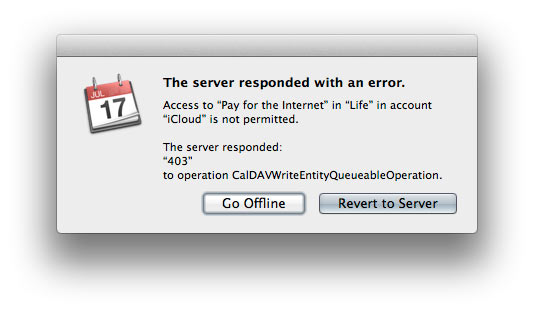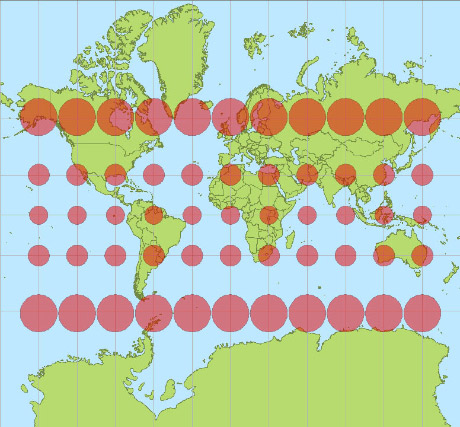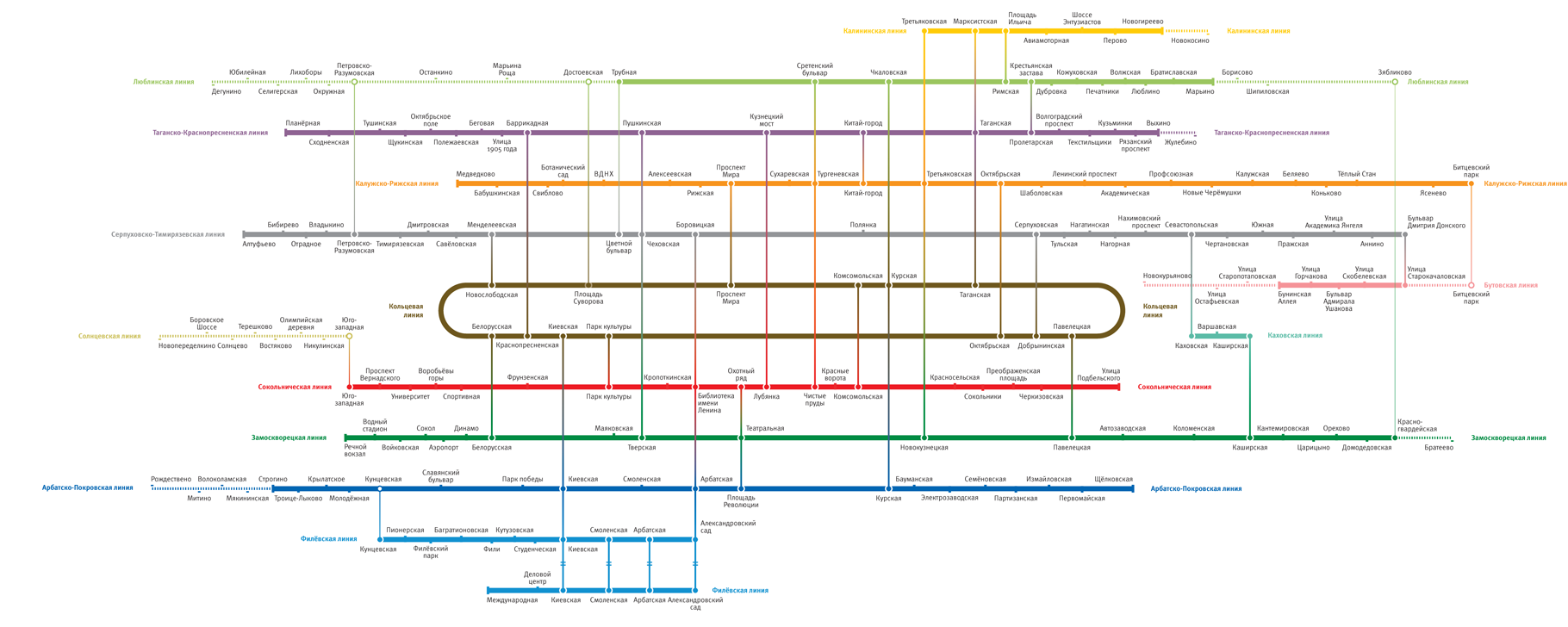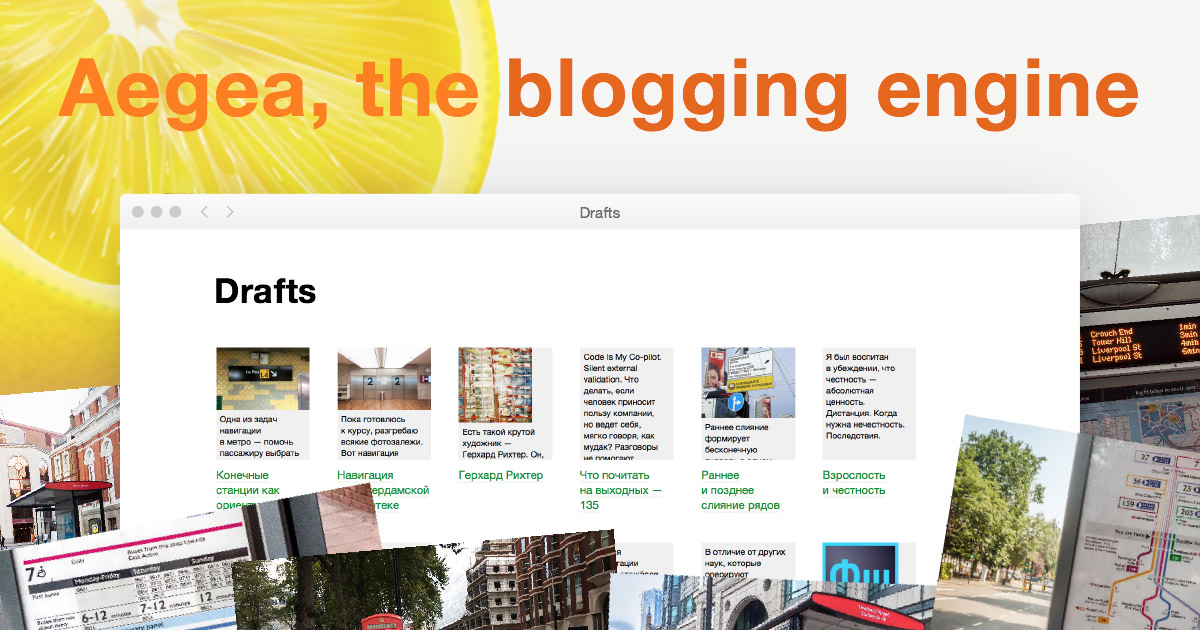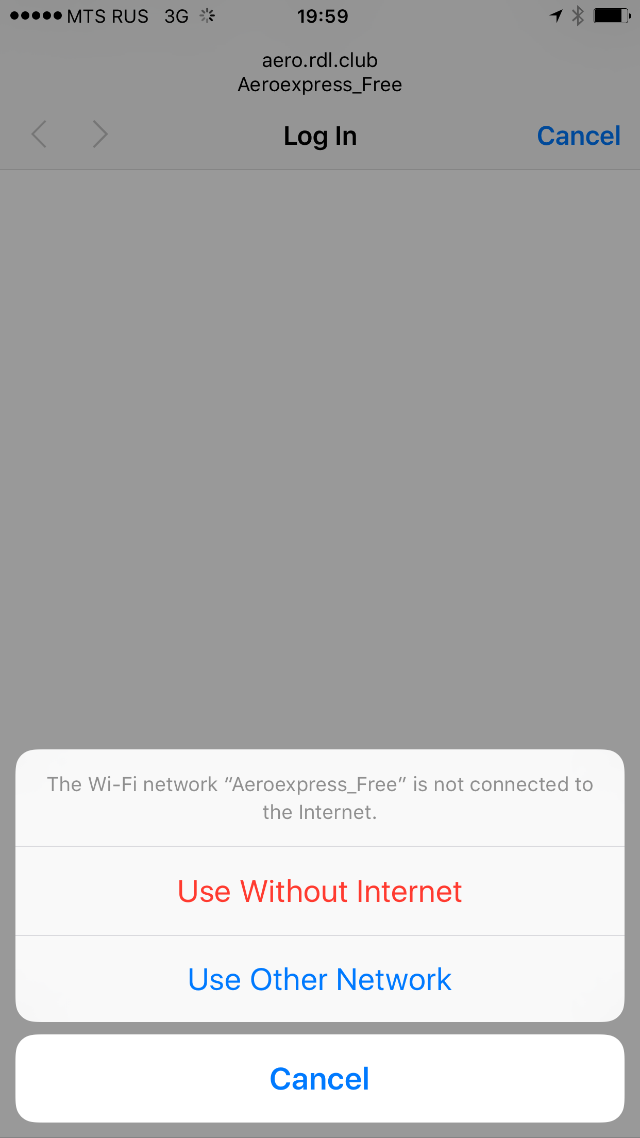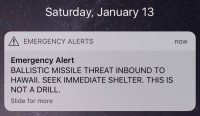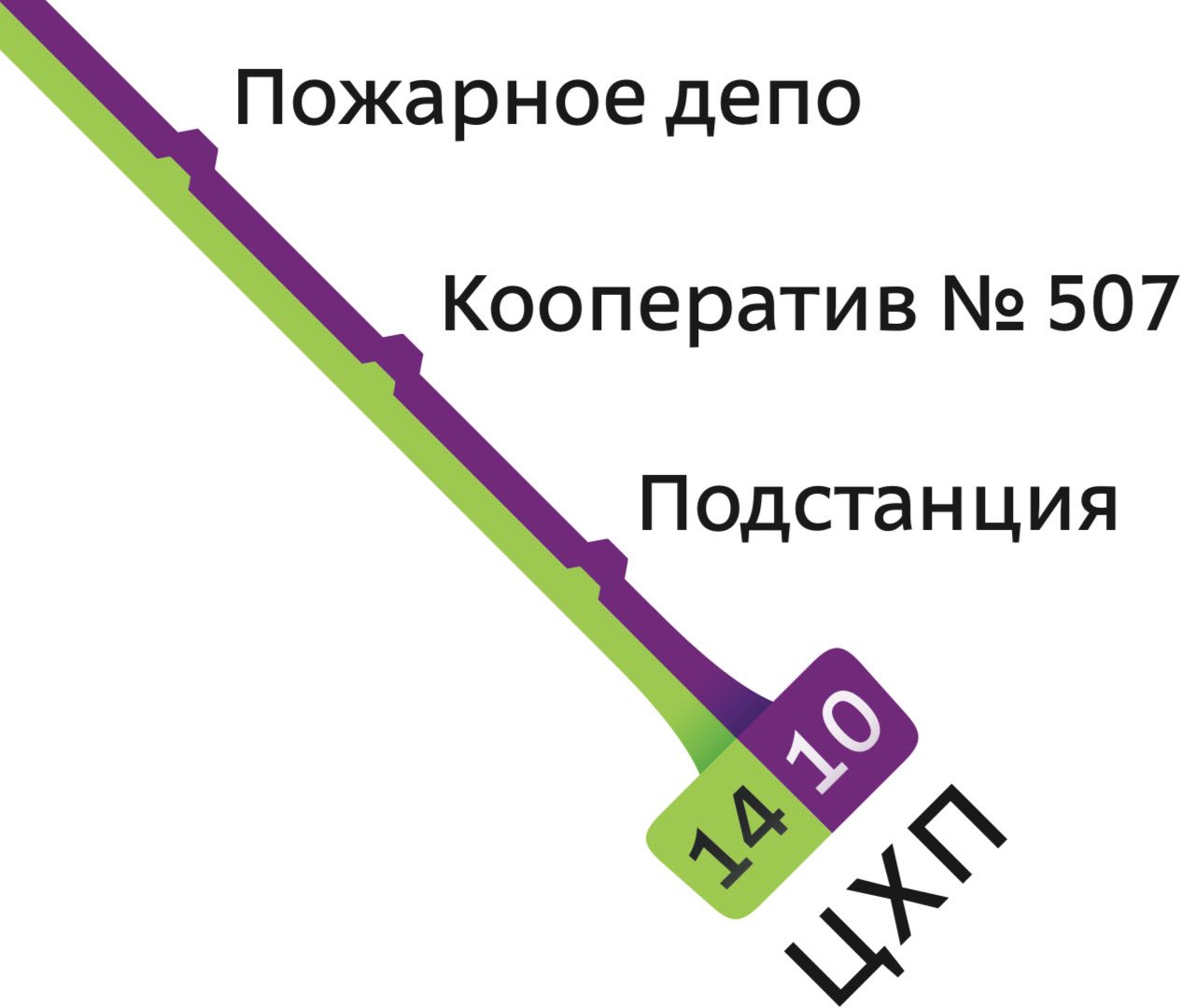With Alex Babaev we have a policy of no comments about the future of Ångström. We want the freedom of being able to change our minds any time. And we don’t want to look like jerks who don’t keep promises. So whenever somebody asks about our plans or requests a feature, we just thank them and explain that we do not pre-announce things.
About a year ago I got this email message from a user:
Best converter ever, I immediately deleted all the others, yours has the best UI. Really nice would be a German translation. Can I help you with that? Should be pretty easy, just give me a list with variables.
We had Ångström 1.1 in the App Store and were waiting for 1.2 to get approved. We also had the German translation done by that moment and we were planning to ship it in version 1.3. So something broke in my head that day and I responded:
We’ve started the work on German translation recently. We cannot promise anything so far, but it is likely to be added in an update (not in 1.2 though). Thank you for being ready to help, we will drop you a line if we have questions.
And thank you for the kind words!
I didn’t say it had been done, I said we’d started the work on it. I even said “We cannot promise anything”! But that’s not how things work. As I learned later, I promised to ship German translation in 1.3 in that email. In March, I got another message from that same person:
I was a little sad, there was no German translation in the 1.3 update.
I, too, was sad. Why didn’t we ship German in 1.3? While it was ready for version 1.2, the translation became a little bit obsolete when we finished work on 1.3. We added many new features which were not covered by the translation we had. We could delay the release of 1.3 to update the translation, but we decided that it was more important to ship the actual features. And so we did.
In versions 1.4 and 1.5 Ångström and our German translation further diverged. We just couldn’t find time to update it, because other features felt more important. In August, I got another message from the person:
A year ago I asked about German translation. I even offered my help. You stated, your team already started working on it, so I bought the damn thing. A year later… nothing happened. Thanks for lying to me.
This was not a message I enjoyed reading. I almost started a reply saying that actually I had not promised anything. So technically I did not lie! But we are not in court, and what matters is not what I wrote in that first message, but what my words felt like. And they really felt like we were going to add the German translation in 1.3.
We finally shipped German with version 1.6 a week ago, more than a year after that letter where I promised in it 1.3. I am sorry about that.
Don’t repeat my mistake. Don’t say anything about the future of your product except that you don’t want to say anything about it.
